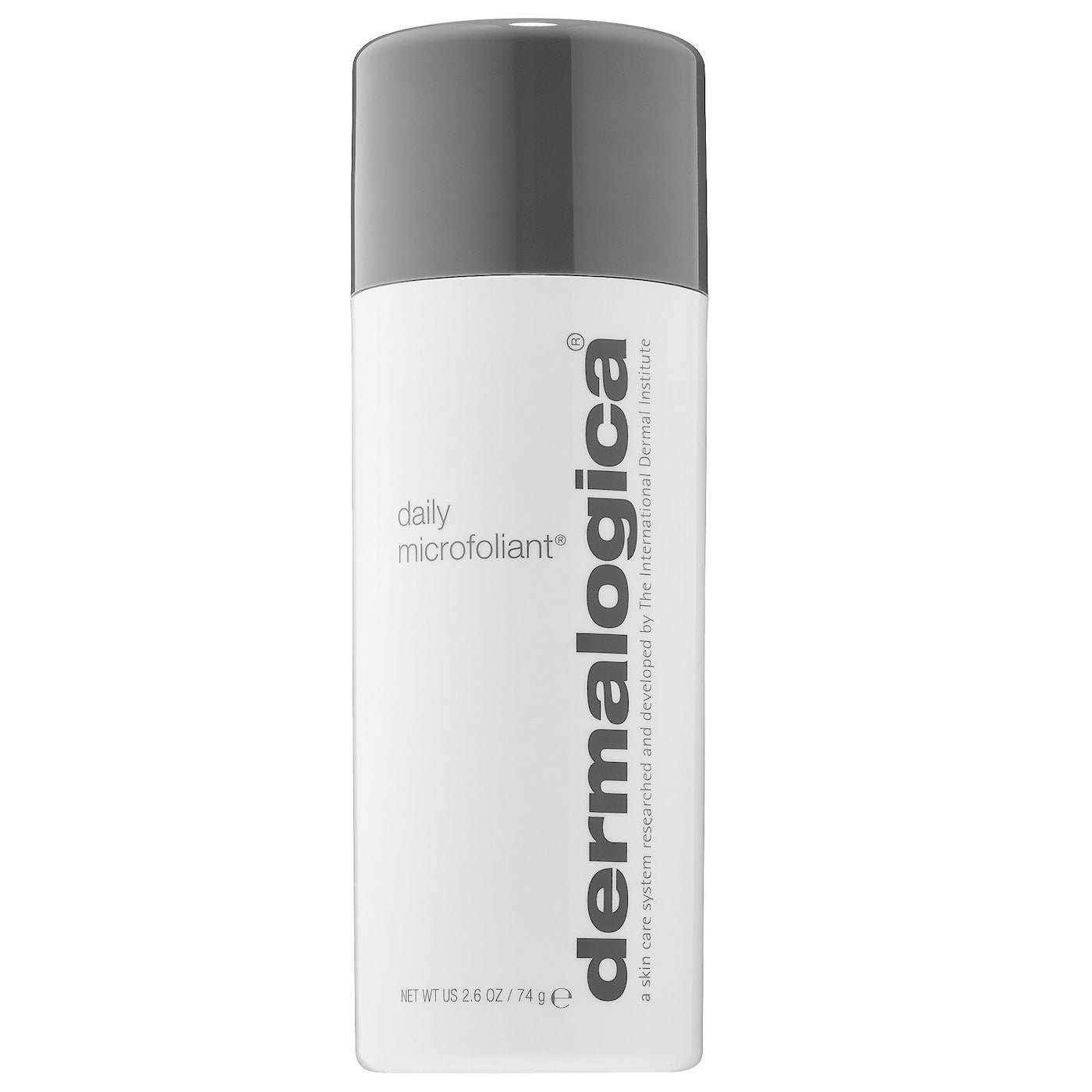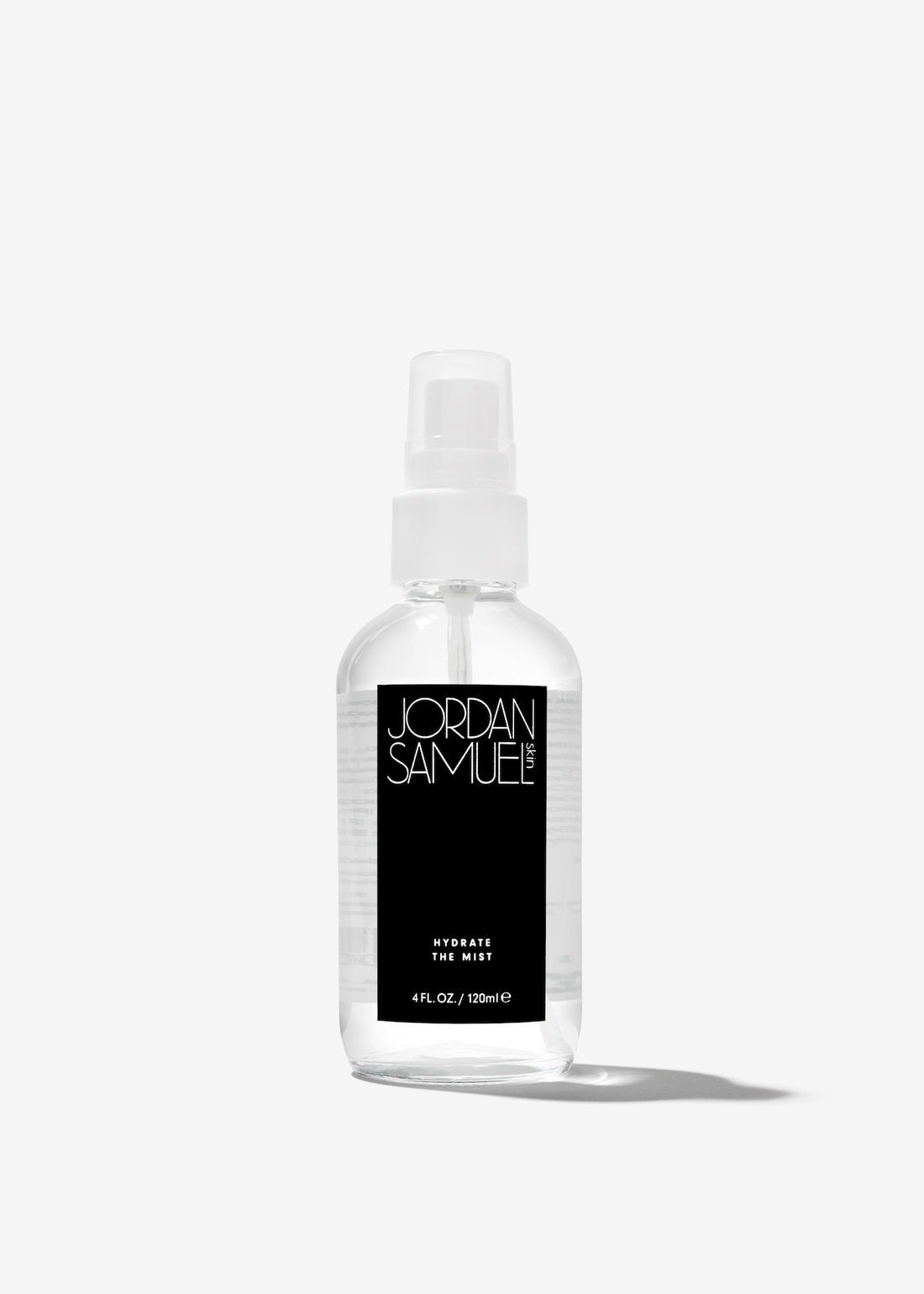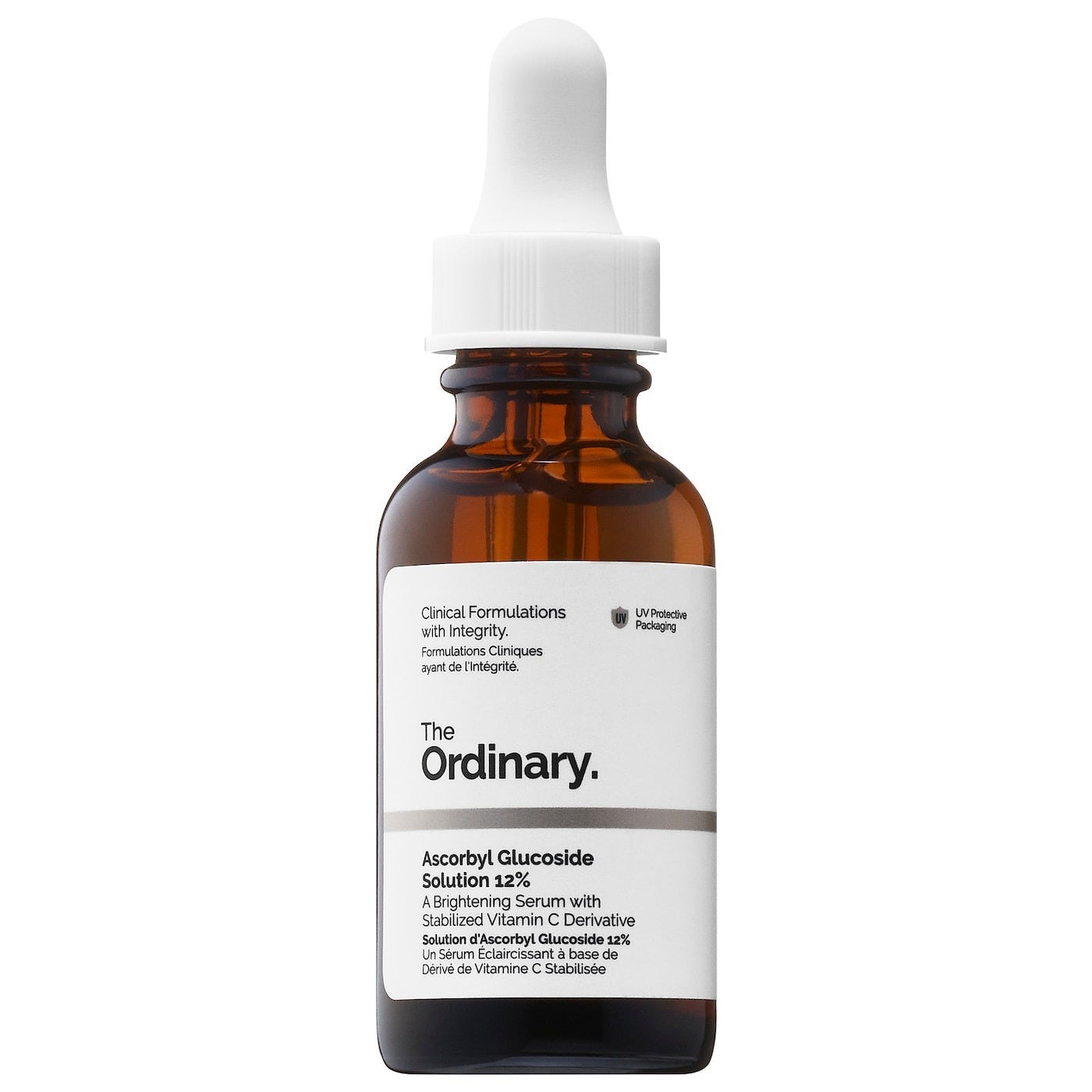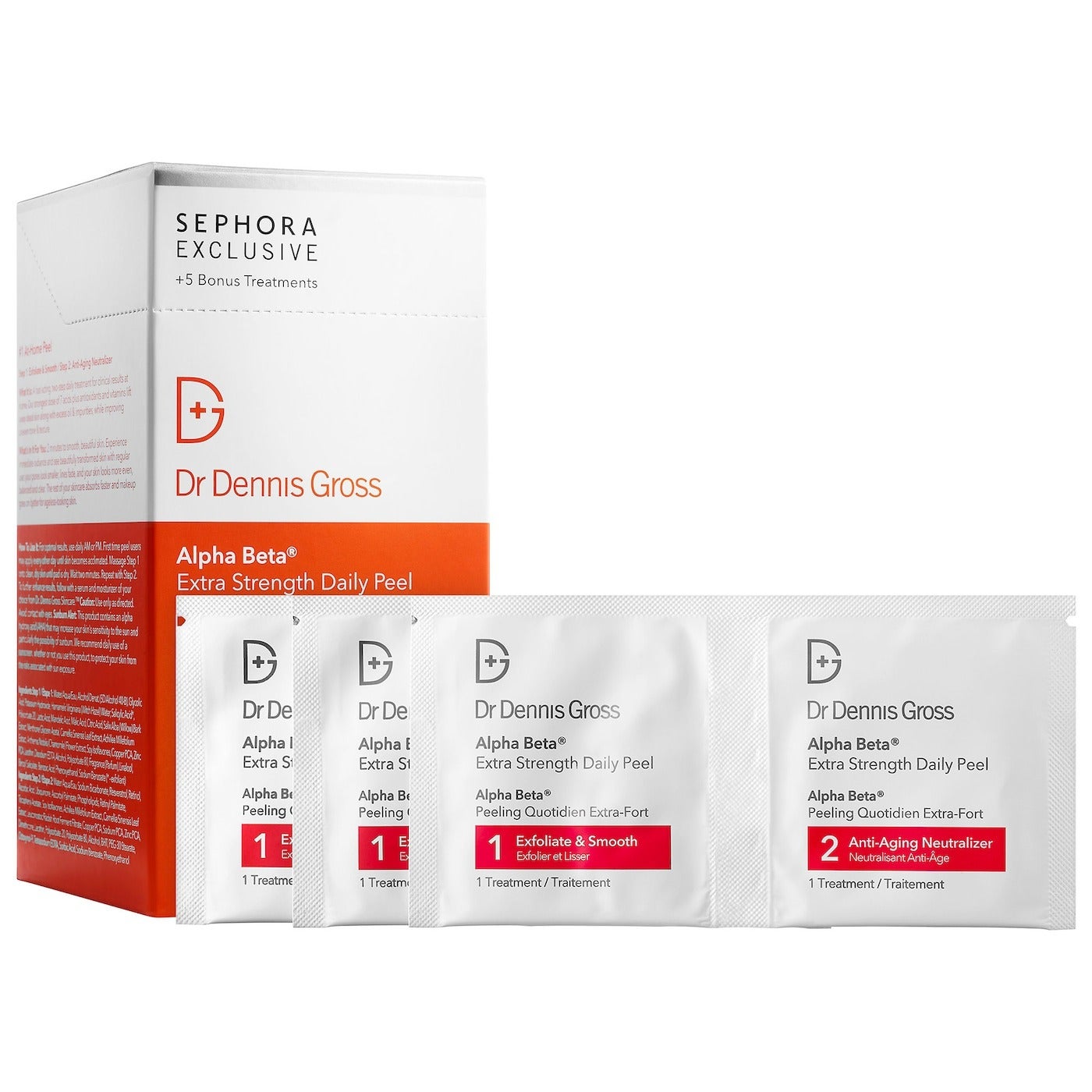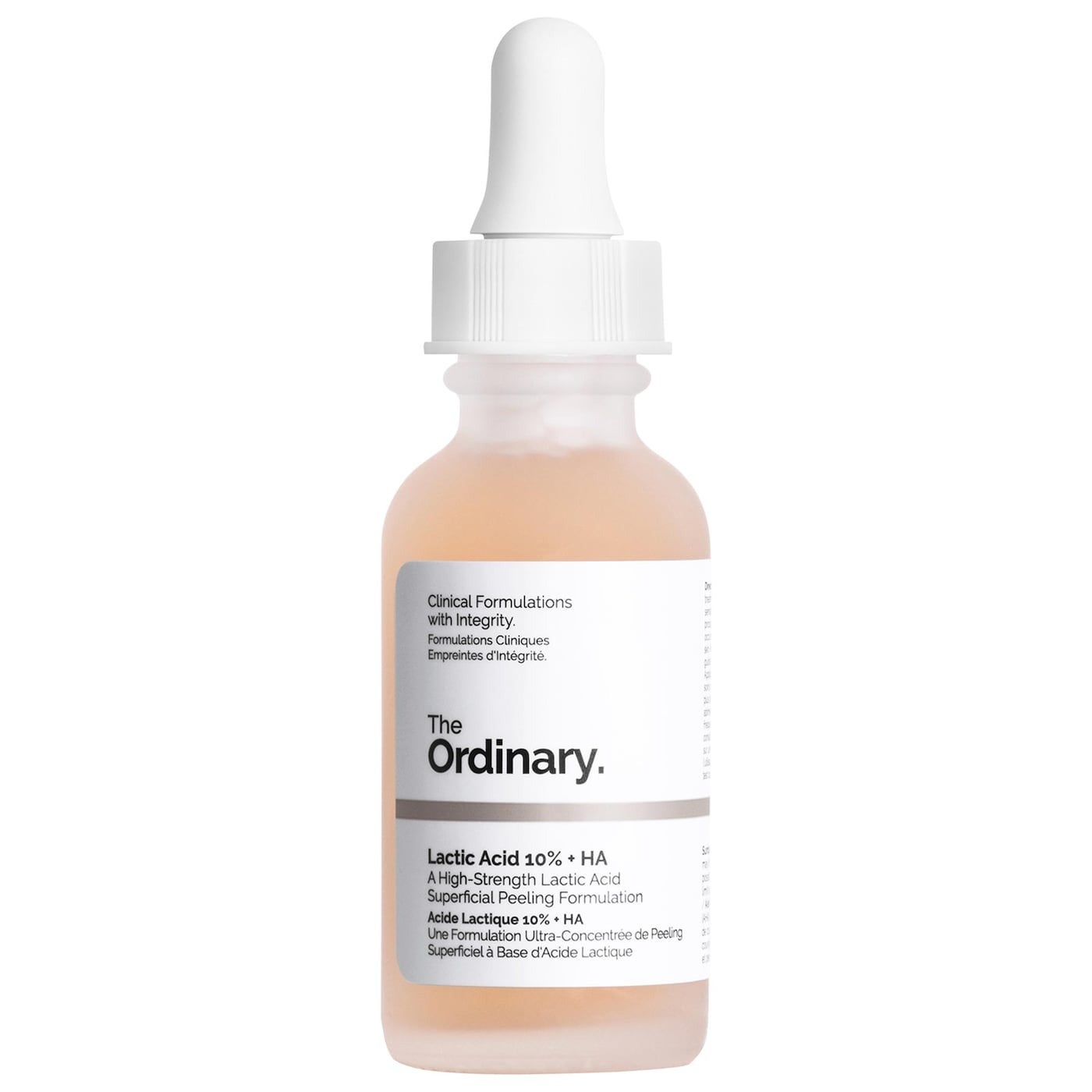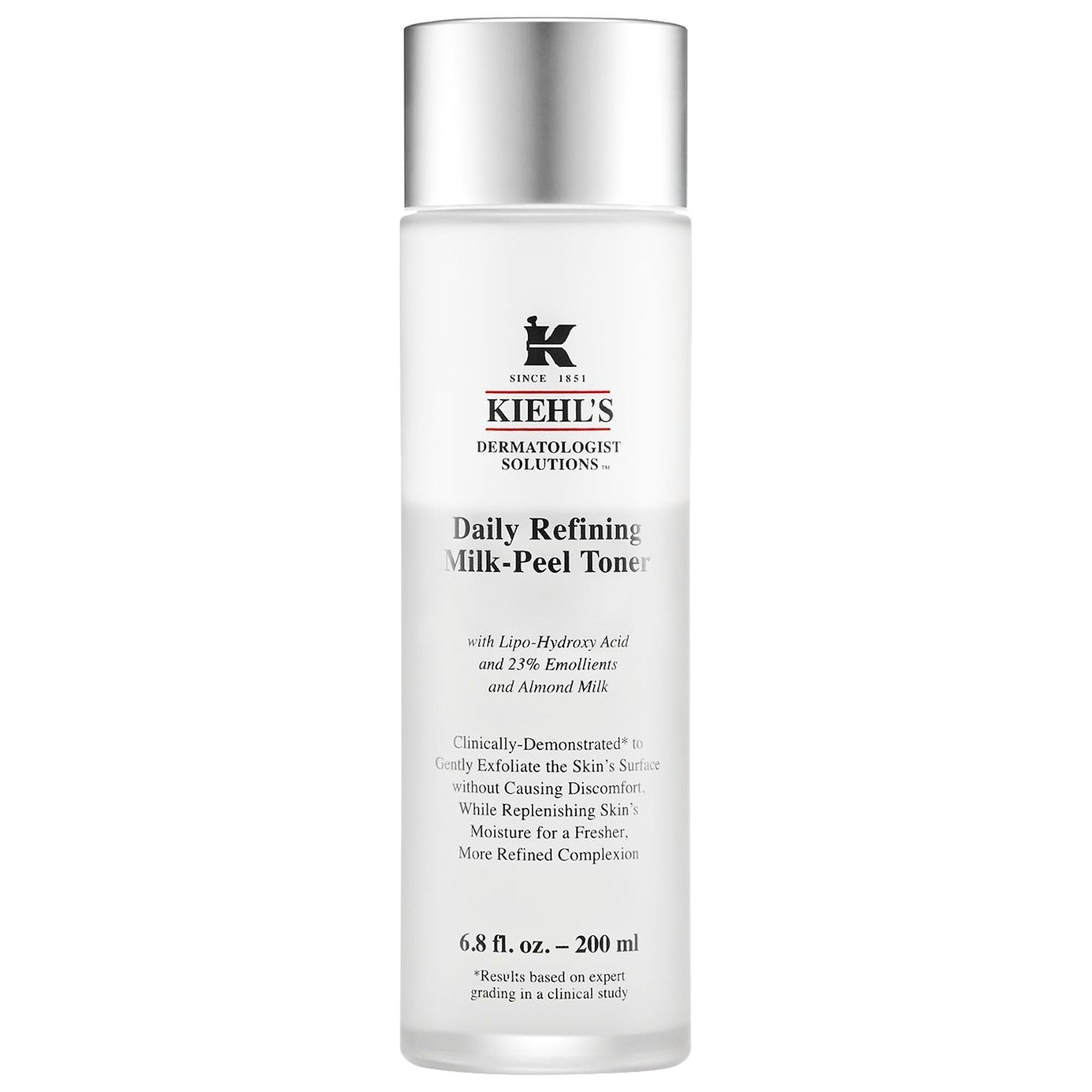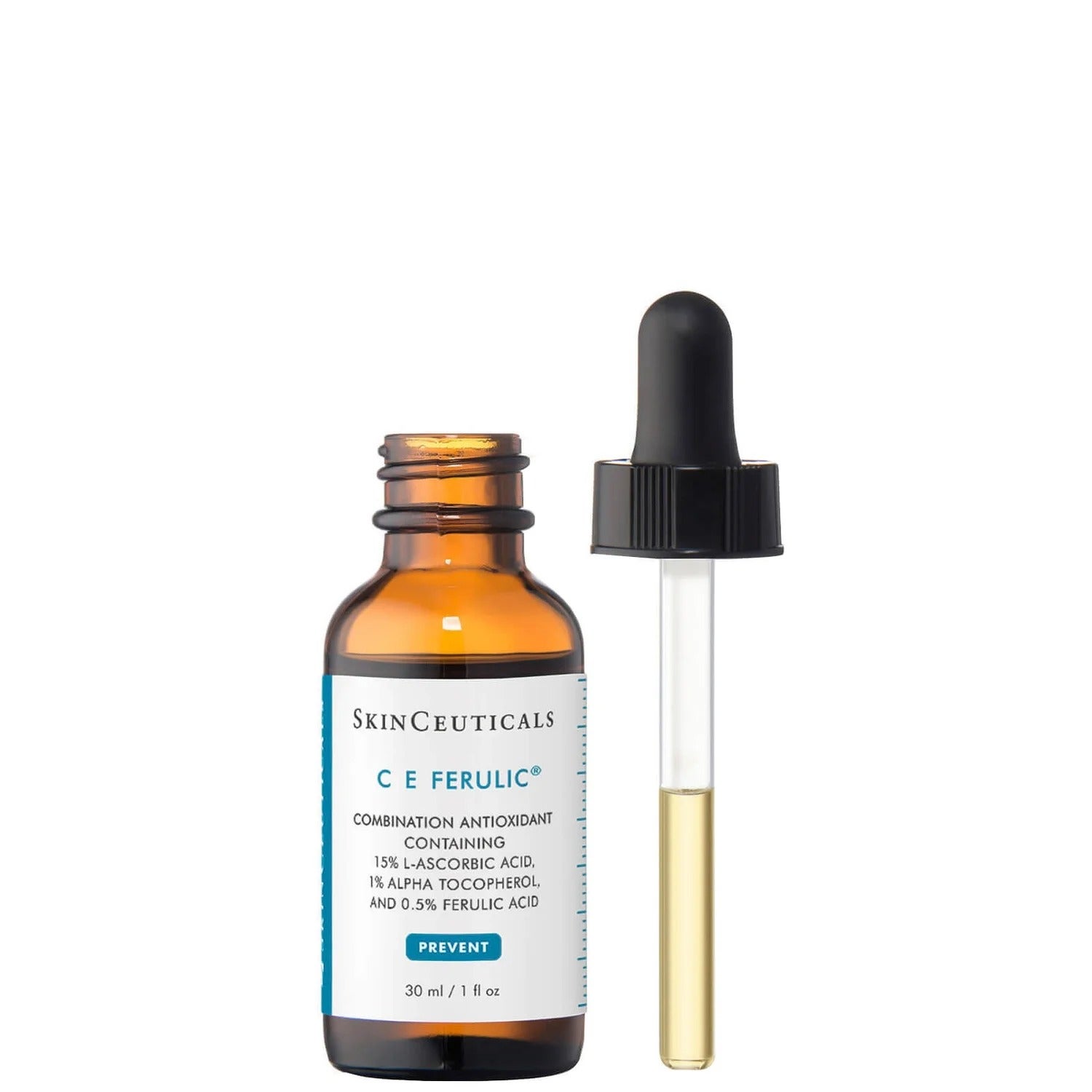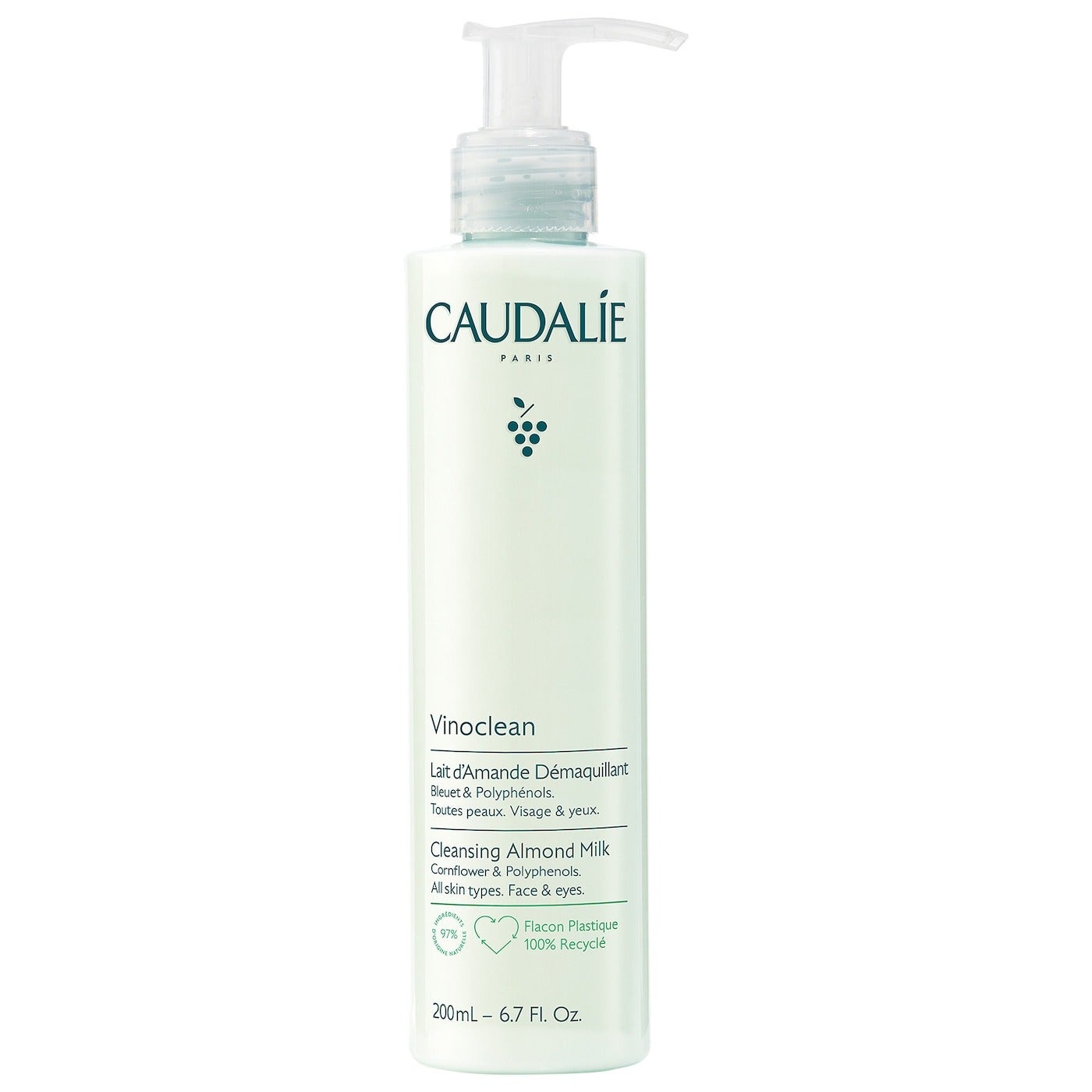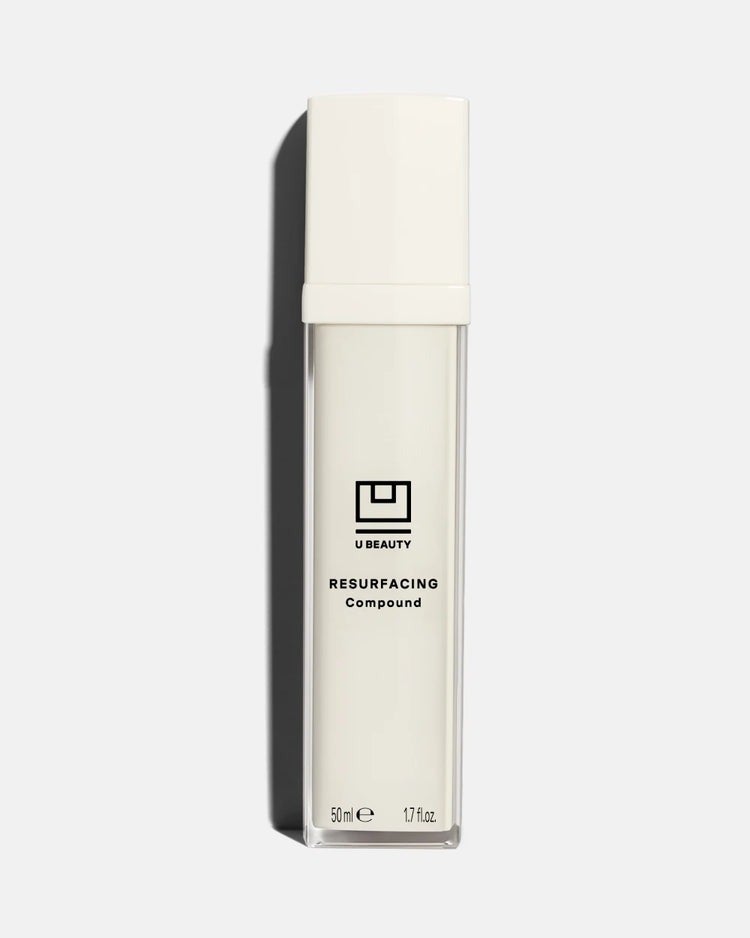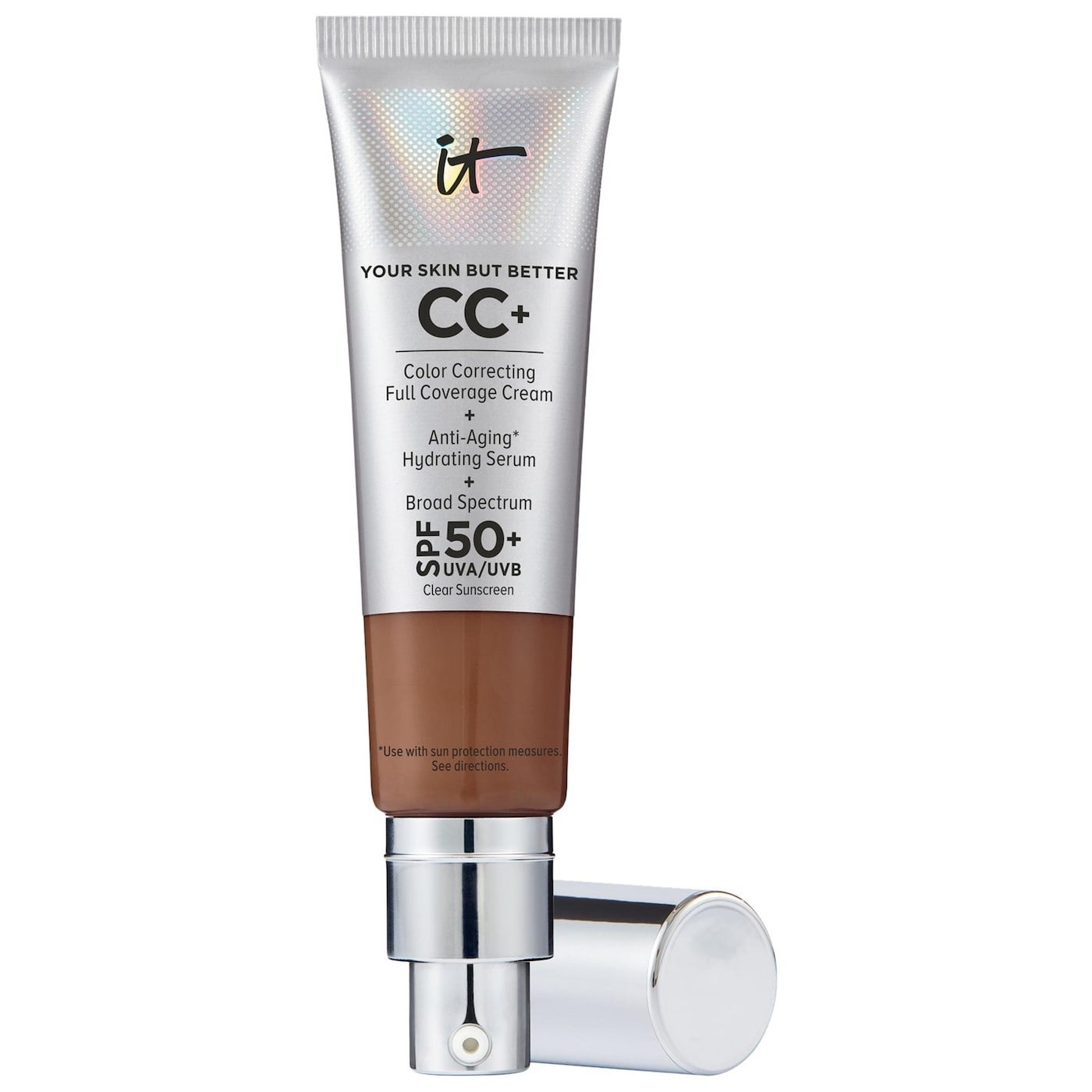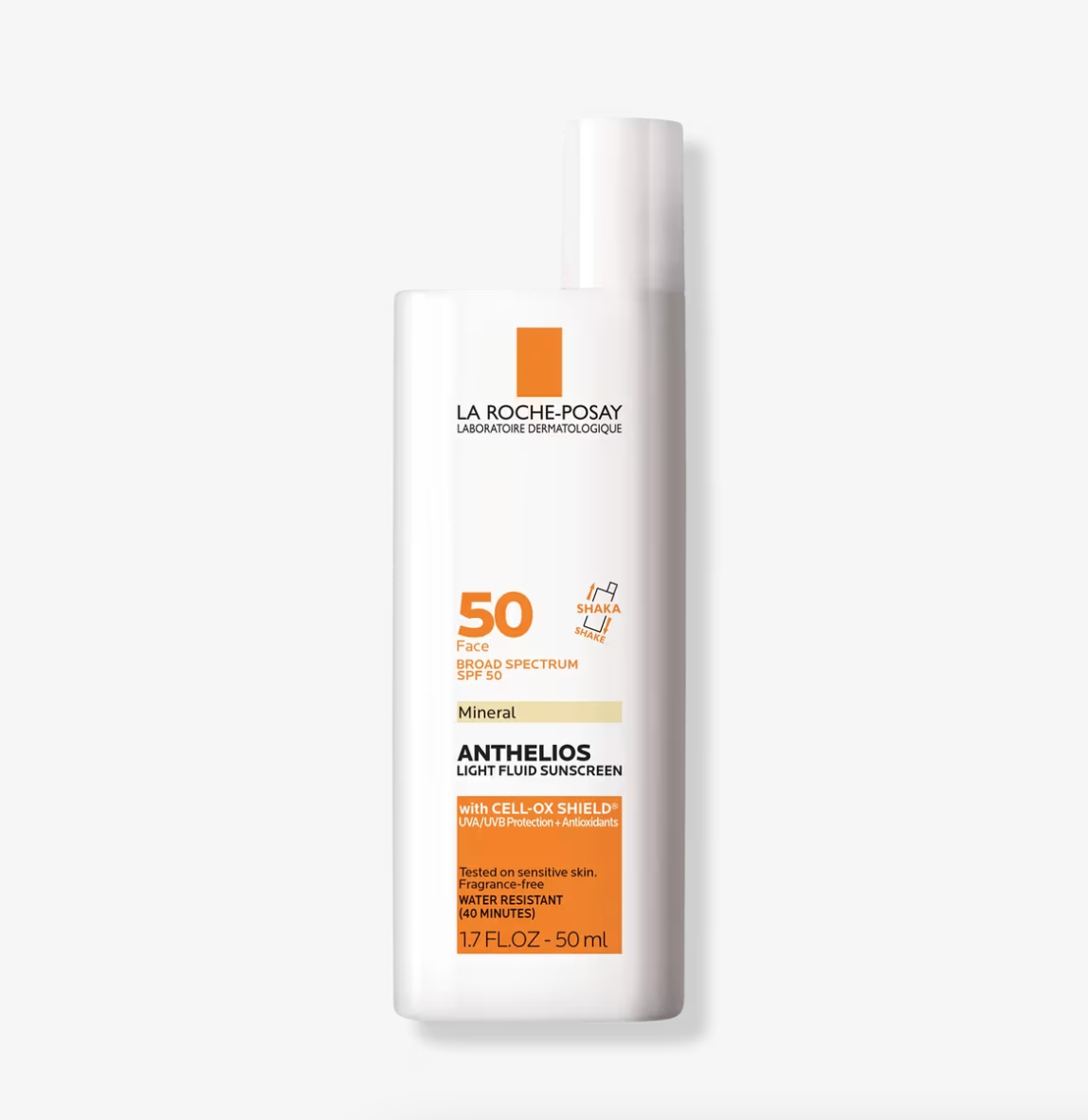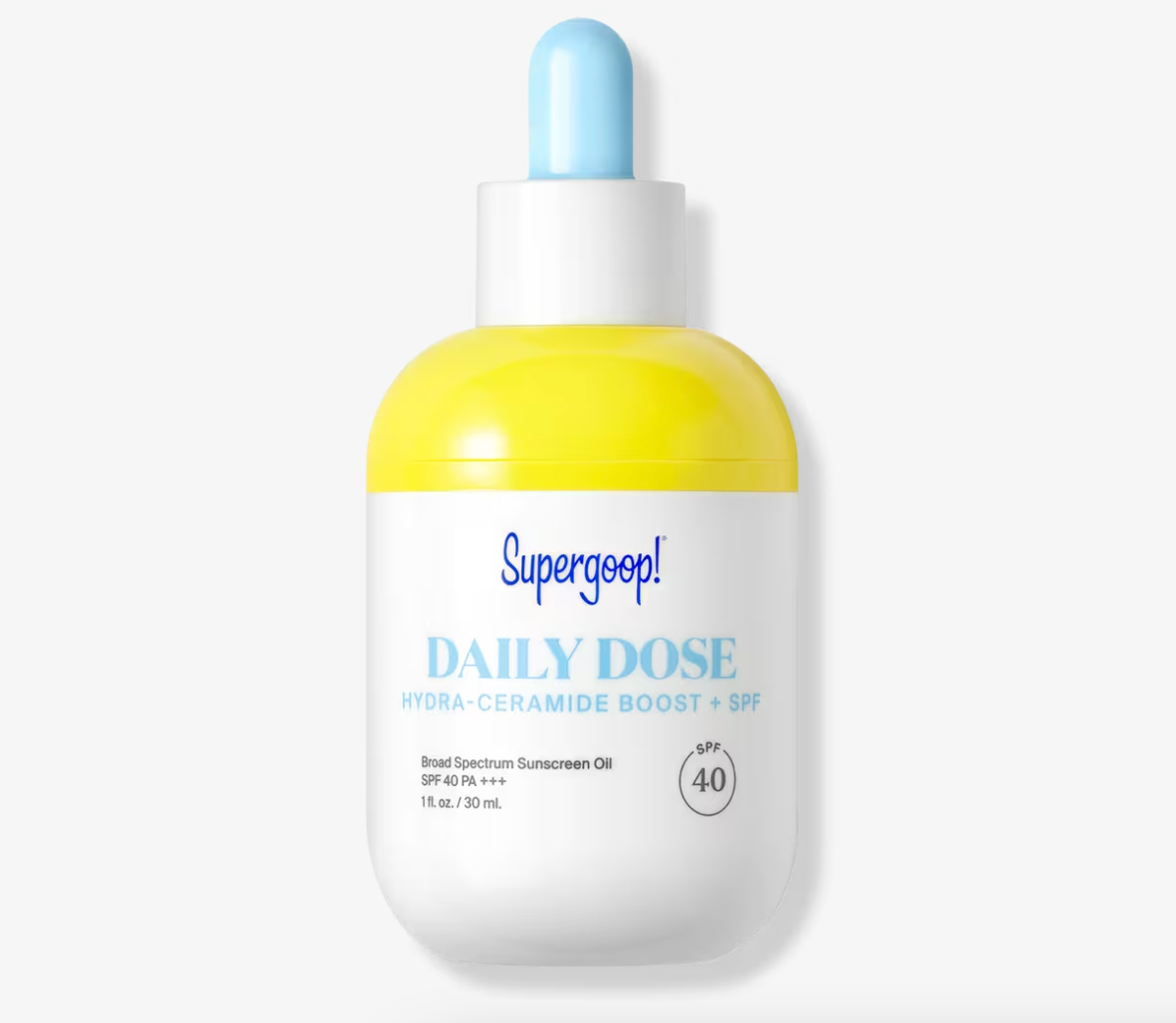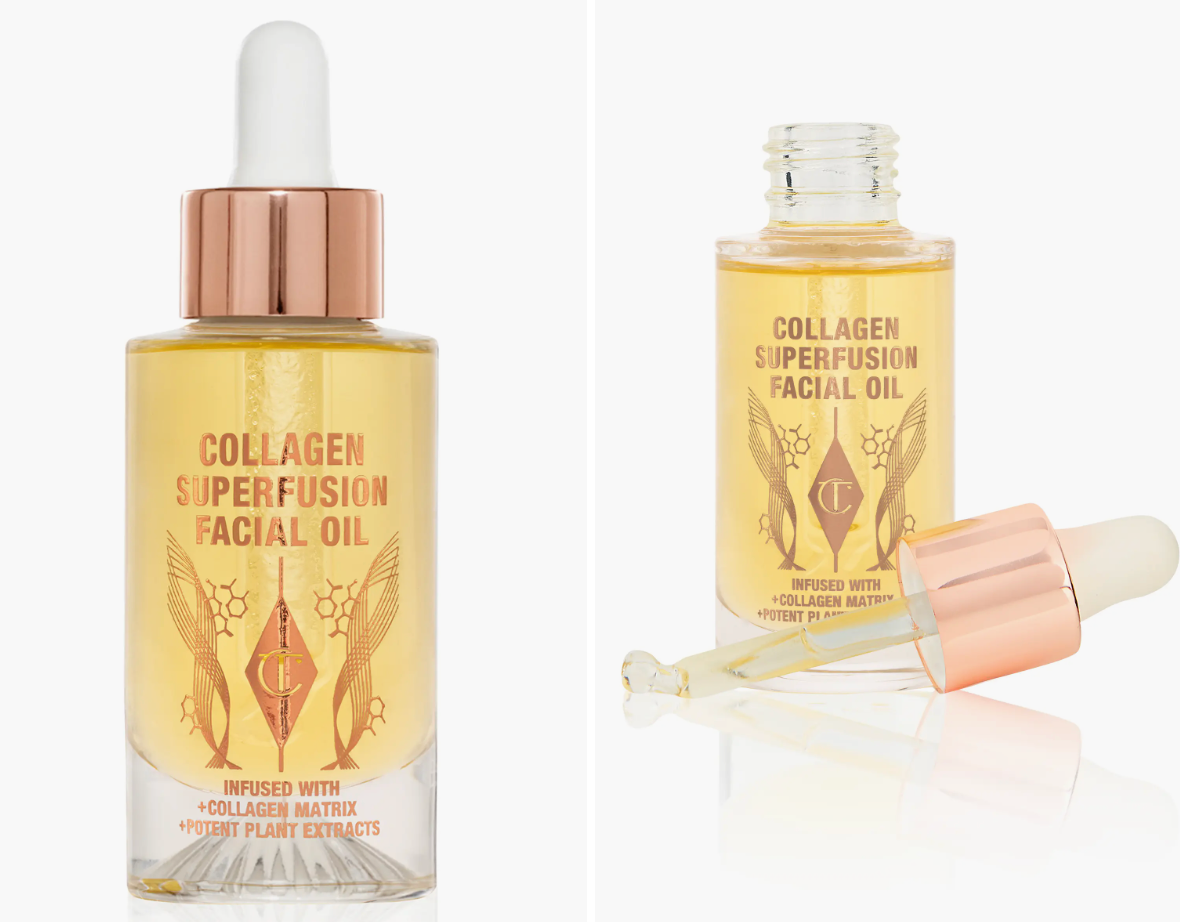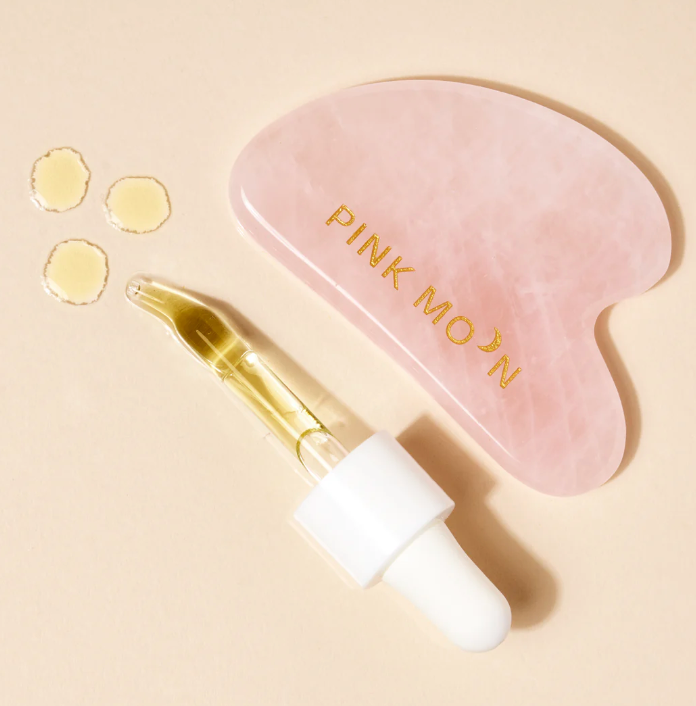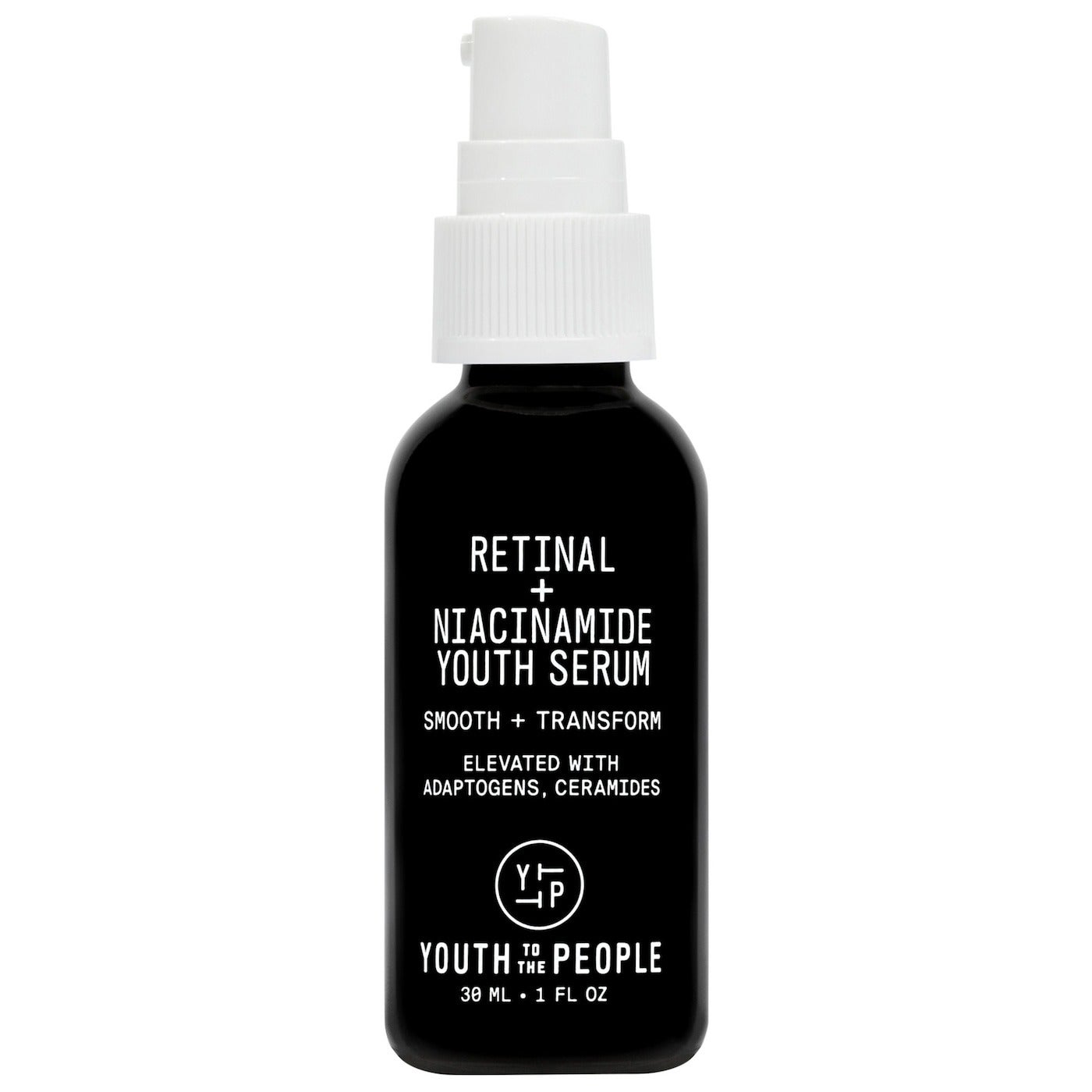R29 Staff On The One Change That Had The Most Impact On Their Skin
All linked products are independently selected by our editors. If you purchase any of these products, we may earn a commission.
Photo: Courtesy of Ebony-Renee Baker.
A dermatologist once told me that skincare is a minefield. If that’s what a qualified expert thinks, where does that leave the rest of us?
Confused, frustrated and out of pocket are all totally appropriate answers. Of course, social media is a great tool for uncovering skincare tips (of which there are currently 214 million posts on TikTok and climbing) but it’s fair to say that not all of them are reliable. Even if you're able to visit a professional for advice, dermatologist appointments can set you back anywhere from $200 for an initial consultation in New York. That’s not to mention the cost of recommended skincare — whether prescription or over the counter — and follow-ups.
AdvertisementADVERTISEMENT
It makes sense, then, that most of us will try and work it out for ourselves. A lot of assembling an effective skincare routine comes down to trial and error, and more often than not, one very simple change can have the most impact. That could be anything from wearing sunscreen all year round (the benefits of which are endless) to double cleansing; effectively removing all traces of sunscreen, makeup and daily grime gives your serums and moisturizers a much better chance at working.
It’s no secret that we’re skincare enthusiasts at R29, but "gatekeeping" isn’t a thing here. Ahead nine staffers, all with different skin types and concerns, share the one small tweak that they believe has changed their skin for the better.
Photo: Courtesy of Jacqueline Kilikita.
Jacqueline Kilikita, Deputy Beauty Director
Skin type: Combination/acne-prone
“Giving up vitamin C.”
“Giving up vitamin C is the best thing I’ve done for my skin in a long time. Don’t get me wrong, there are countless positive benefits to the ingredient in skincare. Not only can vitamin C brighten the skin, but as an antioxidant it can shield against damaging environmental aggressors such as pollution, and when used in tandem with sunscreen, can even boost UV protection. However, it’s not always for me. My skin is far too reactive for the multiple potent vitamin C serums on the market currently. Often, the acidity serves up the potential for irritation (you know, the dreaded tingle) which only exacerbates my acne and encourages dry patches. A dermatologist told me that it’s probably best to shelve the powerful vitamin C serums, and if I really want to add an antioxidant into my routine, I look for ascorbyl glucoside. This is derived from vitamin C (and boasts all the brightening, protective properties) without the discomfort. The Ordinary’s Ascorbyl Glucoside Solution 12%, is affordable, gentle and effective.”
AdvertisementADVERTISEMENT
Photo: Courtesy of Tanyel Mustafa.
Tanyel Mustafa, Senior Writer
Skin type: Dry
“Using a mixed-acid exfoliator.”
“Most of the year I use a gentle lactic acid to help slough away the dead flakes of skin that collect around my nose and to generally keep my face looking glowy. In the summer months, however, this doesn’t cut it. My skin becomes more prone to spots in the heat and I find my usual routine doesn’t leave my skin looking how I want it to. As of two years ago, I now switch to a stronger mixed acid (with salicylic acid in there, too) for just two months a year in the summer, and find that makes all the difference. I still am likely to break out more than in the winter, but it’s much less frequent. My product of choice for this is Bioderma Pigmentbio Brightening Vitamin C Face Serum with glycolic and salicylic acid. It is only designed to be used for a couple of months as the additional vitamin C in this powerhouse cocktail of ingredients degrades fast once open.”
Photo: Courtesy of Irina Grechko.
Irina Grechko, Fashion Director
Skin type: Dry/dehydrated
“Using hyaluronic acid correctly.”
“While hyaluronic acid has somewhat fallen out of favor among skincare experts, as someone with perpetually dry skin, I like to use the moisture-boosting ingredient as one of the many rotating humectants in my skincare routine. That said, for the longest time, I didn’t think hyaluronic acid was for me because of the way it dried out my skin upon application, no matter which brand I used. After a trip to Sofie Pavitt’s New York City skincare salon (which is also responsible for my favorite mandelic acid product), my facialist suggested I try using a facial mist before applying the hyaluronic acid. As I learned, this creates a barrier and prevents the hyaluronic acid from absorbing moisture from the deeper layers of the skin, which creates that dry skin feeling. While I used Jordan Samuel’s Mist per my facialist’s recommendation, I have since found other facial sprays are equally effective. Not only does the extra step help keep my face moisturized for longer, but the mist also serves as a nice wake-up call in the morning.”
AdvertisementADVERTISEMENT
Photo: Courtesy of Karina Hoshikawa.
Karina Hoshikawa, Senior Writer
Skin type: Oily/acne-prone/sensitive
“Regular, gentle exfoliation.”
“Exfoliation, exfoliation, exfoliation. As a teen, I had pretty severe acne that left noticeable dark spots that took years to fade. Now that I’m 30, I don’t break out as often as I once did, but am still very prone to uneven texture, congested pores, and excess oil that can cause an acne flareup. Enter exfoliation to the rescue. Whereas previously I’d use a scrub or mask on an ad hoc basis, making exfoliating a regular step in my routine with a gentle exfoliating cleanser like Dermalogica Daily Microfoliant, a toner like Kiehl’s Milk-Peel Gentle Exfoliating Toner or serum like The Ordinary’s Lactic Acid 10% and HA 2%. (I alternate between these depending on how my skin is feeling and looking that day.) I also swear by the Dr. Dennis Gross Alpha Beta® Extra Strength Daily Peel Pads for more thorough exfoliation before an event or party — the name sounds intense, but the two-step system really helps your skin tolerate the peel. I wake up with touchably softer and visibly brighter skin after using these. The rest of my routine is really focused on hydration and barrier health, since over-exfoliating can compromise your skin barrier. The result? A clearer, smoother complexion that glows on its own.”
AdvertisementADVERTISEMENT
Photo: Courtesy of Humeara Mohamed.
Humeara Mohamed, SEO Writer
Skin type: Sensitive/acne-prone
“Being referred to a dermatologist.”
“A dermatologist. I hate myself for saying so, because a private dermatologist is such a privilege. For context, my face cannot make up its mind. Dehydrated and eczema-prone? Tick. Oily and acne-prone? Also tick. Dark spots and scarring? Tick and tick. It’s the acne that really had me heading to a derm, though. I just felt so embarrassed and sad about the way I looked. And the pain! Nobody talks about the acne pain; just the wind hitting your acne can hurt. So I went to a [doctor] and told them how I was feeling. After a year or so, I finally got my referral, and the resulting topical prescription changed my life. My skin still isn’t “clear”, but the acne is much more under control, and I no longer feel like it rules my life. I can go out without makeup on and not feel ashamed, and random strangers no longer comment on my skin (“Have you tried washing your face?” Sigh). If you can’t afford a private dermatologist and you’re struggling with waiting times, brands like Dermatica are great in-between options. Remember, you have to really stick with your prescription topical for months before you can expect to see results.”
Photo: Courtesy of Sara Tan.
Sara Tan, Beauty Director
Skin type: Dry
“Finding the right form of vitamin A.”
“When I turned 30 some years ago, I knew I had to start incorporating retinol into my routine. Every dermatologist or esthetician I had ever interviewed had waxed poetic about the importance of this skin-smoothing ingredient, especially when you reach your 30s (generally around the time your skin cell turnover slows down — sad). Unfortunately for me, every retinol I tried proved to be too strong for my skin. Retinol seemed to be doing the opposite of what I wanted it to do. My cheeks would turn red and instead of smooth, bright skin, I had tiny breakouts. Like everything, not all retinol is created equal. In fact, there are many different types of vitamin A and retinol is just one of them. There’s also retinyl palmitate (a little less potent that retinol), retinaldehyde (a form more potent than retinol), tretinoin (typically prescription-grade), etc. I discovered that retinyl palmitate is the best form of vitamin A for my skin type because it’s more stabilized and a little more gentle on your skin than a traditional retinol. Since then, I have sworn by products that include it, like U Beauty’s Resurfacing Compound. It has changed my skin for the better and now, I cannot live without it in my routine.”
AdvertisementADVERTISEMENT
Photo: Courtesy of Carli Whitwell.
Carli Whitwell, Senior Director of Editorial
Skin type: Combination
“Giving up tanning — & wearing SPF daily.”
“Call me boring, but the single smartest thing I ever did was stop tanning and instead wear a broad-spectrum (protects against cancer-causing UVA rays and UVB rays) sunscreen every day, 365 days a year. My morning routine goes like this: I wash my face with warm water. (At night, I use Caudalie Vinoclean Cleansing Almond Milk.) Then I apply SkinCeuticals C E Ferulic (if you know you know), then sunscreen. Currently, I’m testing the SuperGoop! Daily Dose Hydra-Ceramide Boost + SPF 40 Face Oil but my go-to is La Roche-Posay Anthelios Ultra-Fluid Face Sunscreen Lotion SPF50. I follow with IT Cosmetics CC+ Cream (also with SPF) and always, always wear a hat outside.”
Photo: Courtesy of Ebony-Renee Baker.
Ebony-Renee Baker, Fashion Editor
Skin type: Combination
“Quitting alcohol.”
“One thing that has changed my skin pretty drastically was quitting alcohol. My primary reason for going sober a year and half ago was to improve my overall mental and physical health, and for me, the pros have massively outweighed the cons including improving my skin. In the year before I stopped drinking, I would have had anywhere between two to seven drinks per week, usually at work events or dinners and nights out with friends. My face was often puffy and looked dull. Among other lifestyle changes (including prioritizing sleep and exercise) my skin has felt so much fresher and significantly more glowy. I don’t necessarily share this as advice, rather than something to consider when seeking improvement to your skincare routine. Consider how often you drink and whether you are consuming enough water every day. Alcohol can be one of those things that impacts your health more than you realize. In terms of my actual skincare routine, I try to keep it simple with a daily hyaluronic acid serum, cream with SPF every single day, and Youth to the People’s Retinal + Niacinamide Youth Serum two to three times a week.”
AdvertisementADVERTISEMENT
Photo: Courtesy of Venus Wong.
Venus Wong, Senior Writer
Skin type: Combination
“Practicing gua sha facial massage.”
“My skin and jawline have had such a glow up ever since I started incorporating gua sha into my nighttime routine. I grew up in China, so I had been vaguely familiar with the practice, which was rooted in ancient Chinese medicine. But it wasn’t until I tried a gua sha facial at Chuan Spa that I became fully convinced of its effectiveness. A gua sha facial is so much more than massaging your face with nice products: A jade tool is used to scrape and press on several acupressure points over your face. The important ones, as I had learned from my facialist, are your temples, your philtrum [the space between the nose and lip], both sides of your nose, and the base of your neck. This helps stimulate blood flow and is said to open up lymphatic vessels, therefore helping your skin absorb the nutrients from the products much more quickly. A regular facial gives my face a glowy and hydrated look that lasts around 24 hours, but a gua sha facial leaves my skin looking extra firm and rosy, with the glow lasting for more than a week. Since then, I have been doing gua sha on myself at least twice a week, and I used my tool every night in the months leading up to my wedding, as I wanted my skin to look as naturally dewy as possible.
“There is a lot of gua sha content on TikTok, but you can unknowingly tug on your skin too hard. It was helpful to experience the technique firsthand from a pro, so I could gauge the right amount of pressure to use when I do it myself. One important tip I learned was to lay my jade tool as flat and close to my skin as possible, instead of holding it upright against my face. That way, you’re more in control of the amount of pressure. I use Pink Moon’s crystal gua sha tool, paired with Charlotte Tilbury’s Collagen Superfusion Facial Oil. The oil is very nourishing and takes a while to fully absorb into your skin, which is useful for gua sha. It helps reduce friction as you work your tool around your face. It’s by far the most foolproof way to keep my skin healthy and firm in my 30s — I only wish I have the discipline to do this every day!”
AdvertisementADVERTISEMENT







